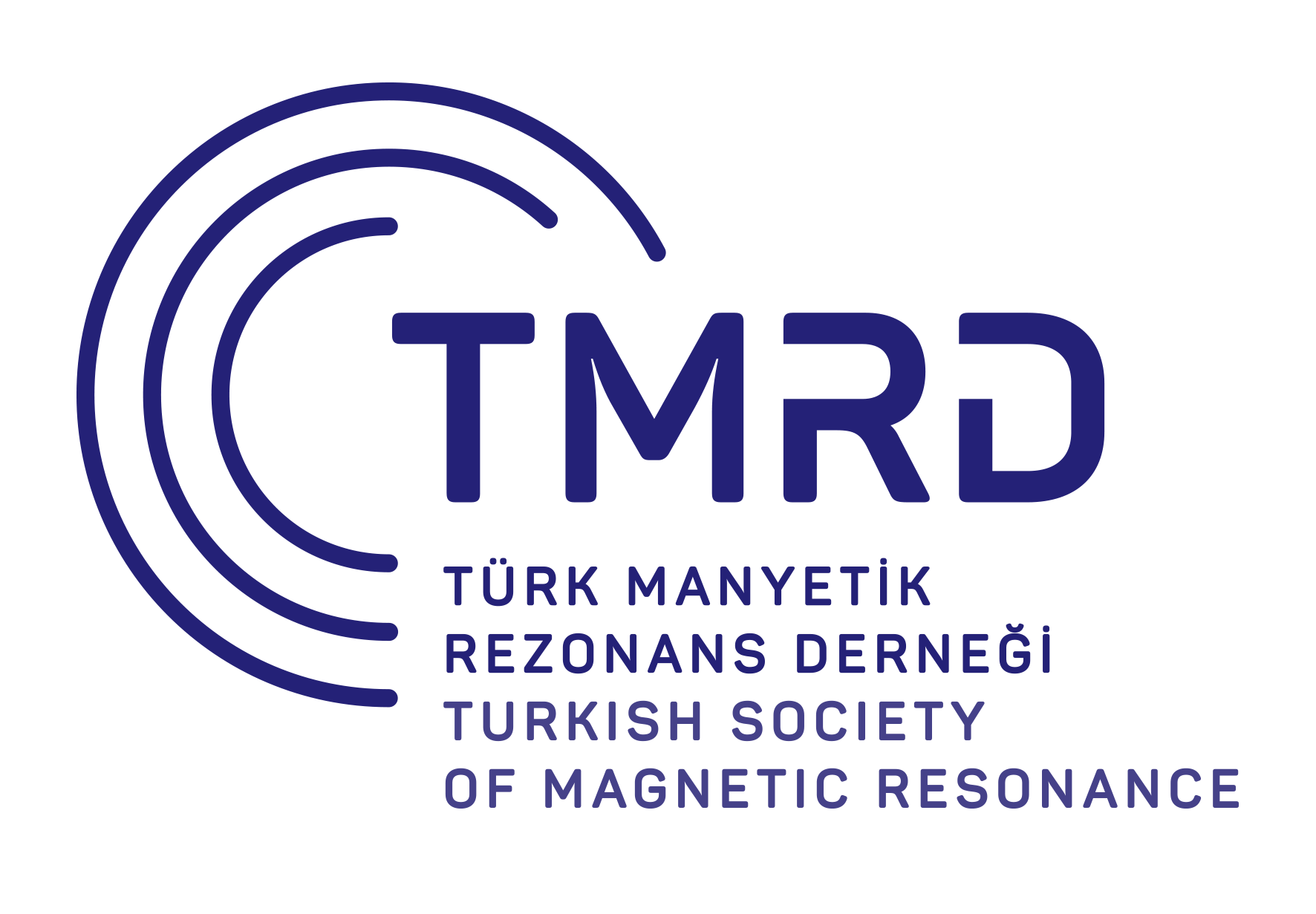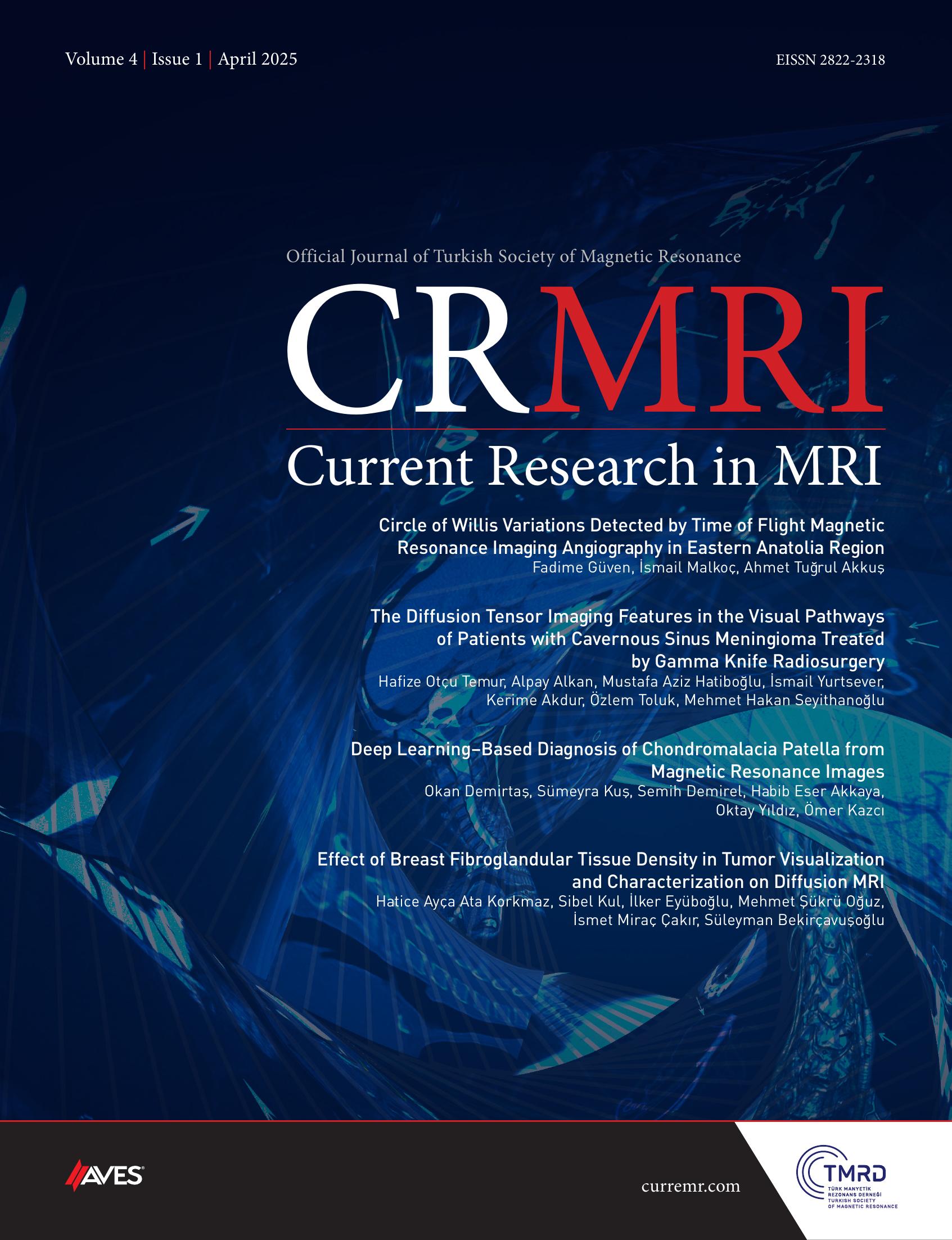Objective: Contrast refers to the difference in signal strength in magnetic resonance imaging (MRI) that makes it possible to distinguish between different tissues. Contrast agents used in MRI can highlight the differences between tissues and organs, and reveal the differences between normal and pathological tissues. Gadolinium (Gd)-based contrast agents (GBCAs) are widely used in MRI to increase image contrast and enhance image quality.
Methods: GBCA usage data from January 1, 2020 to December 31, 2023 was obtained from hospital medical records. In terms of clinical characteristics, the total number of MRI examinations, the number of MRI examinations performed using GBCA, the number of MRI examinations performed without using GBCA, the
type of GBCA used, the number of boxes prescribed, and the contrast volumes used were evaluated.
Results: A total of 167295 MRI examinations were performed, with 9.8% (16 430/167295) of these were taken using GBCA. The total number of patients who underwent contrast-enhanced MRI examination is 16109. While the average age of the patients who underwent MRI examination was 52 years, it was determined that 57% of the patients were female and 43% were male. The number of GBCA boxes prescribed was 2394 in 2020, 3900 boxes in 2021, 4137 boxes in 2022, and 4956 boxes in 2023.
Conclusion: The use of GBCA in MRI increases the reliability and quality of diagnosis, and in our study, its use in our clinic is increasing over the years. To improve patient safety, we recommend that clinicians ensure that their use of GBCA is likely to add clinically meaningful information to imaging by making an individual risk benefit assessment for the patient. Our study will be useful for the radiologists to better understand new trends in contrast-enhanced MRI.
Cite this article as: Aydin OC, Aydemir H. Trends in gadolinium-based contrast agents use in radiology practice: A retrospective evaluation. Current Research in MRI, 2024;3(2):35-38.



.png)
